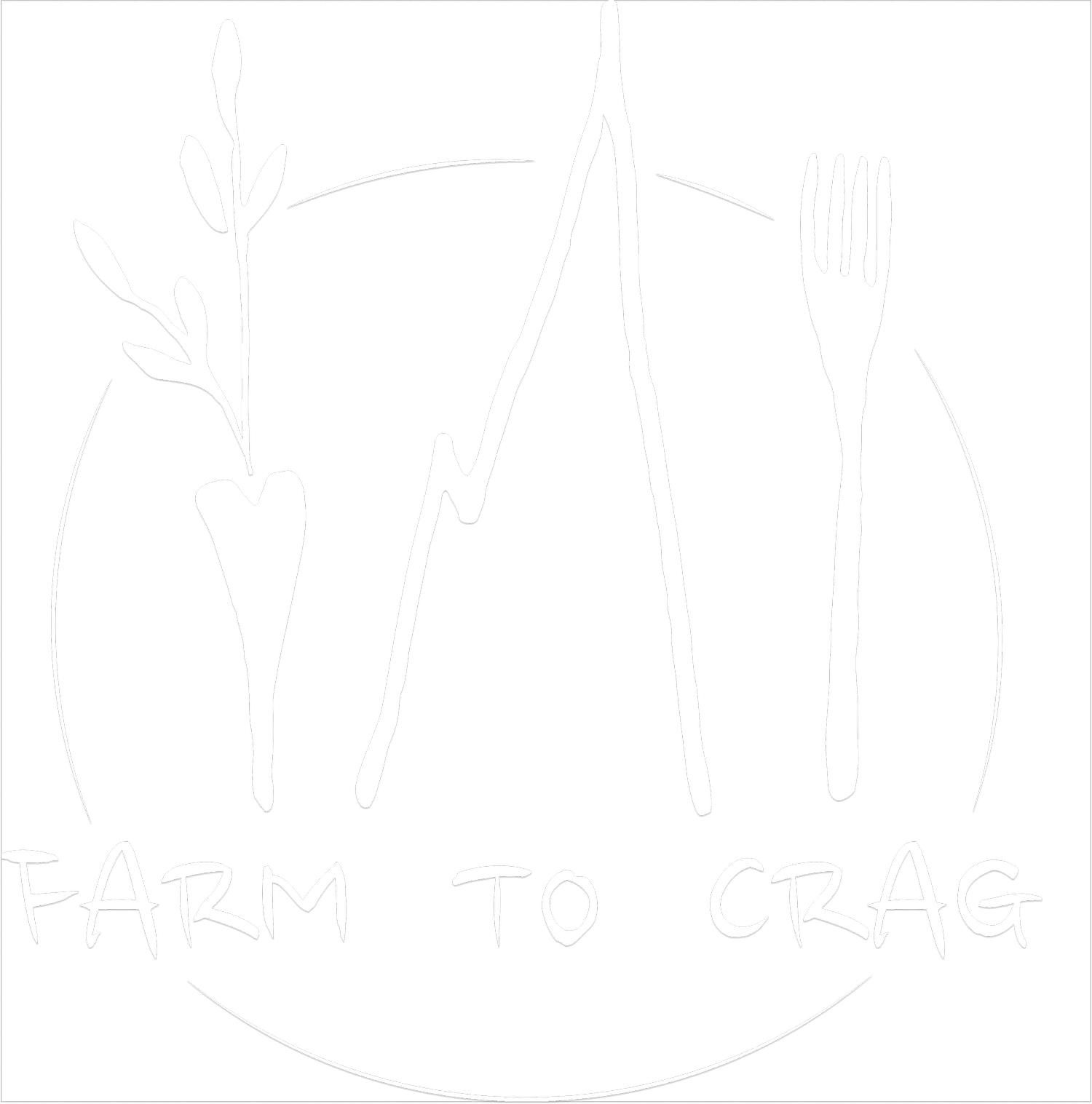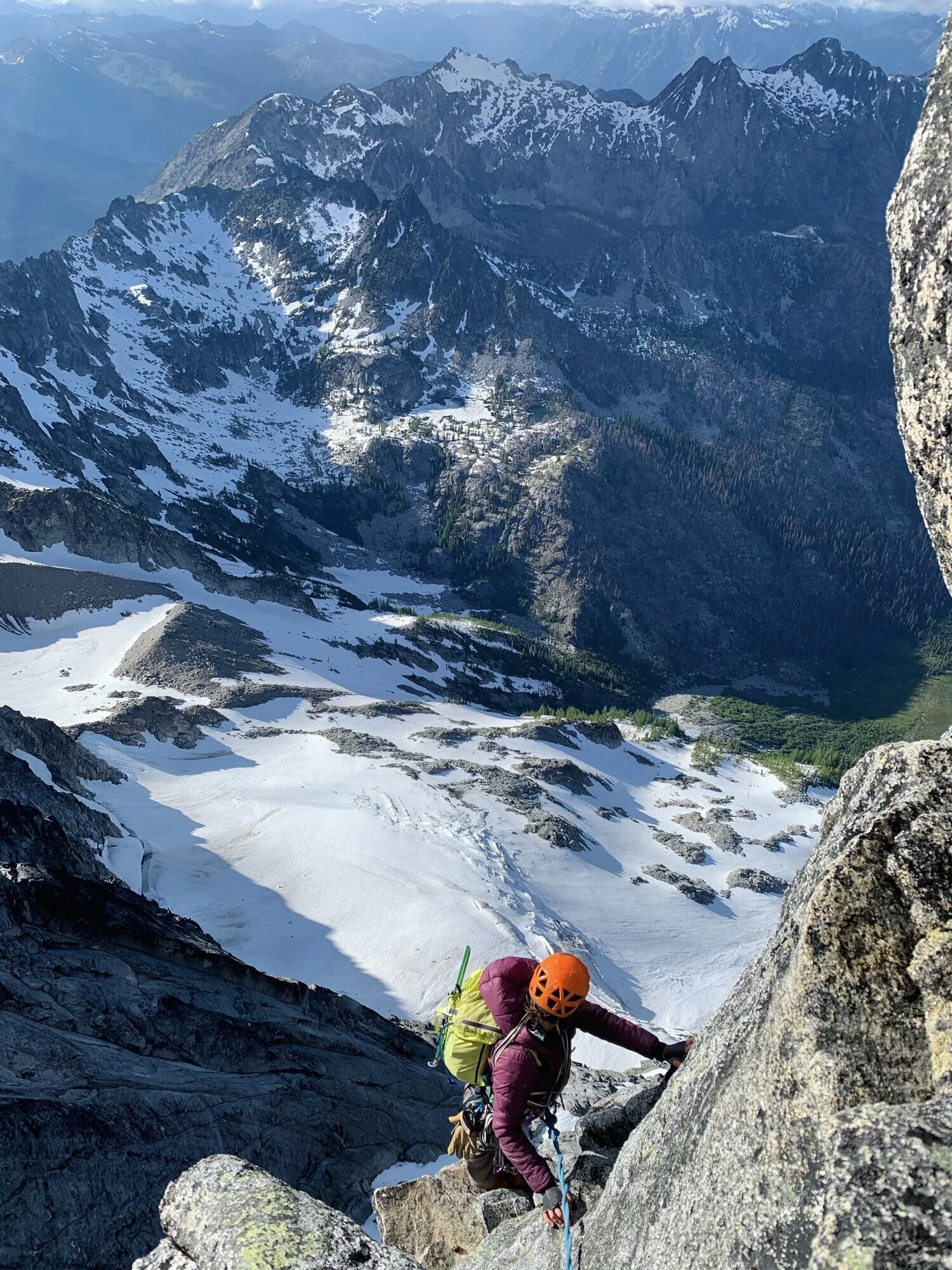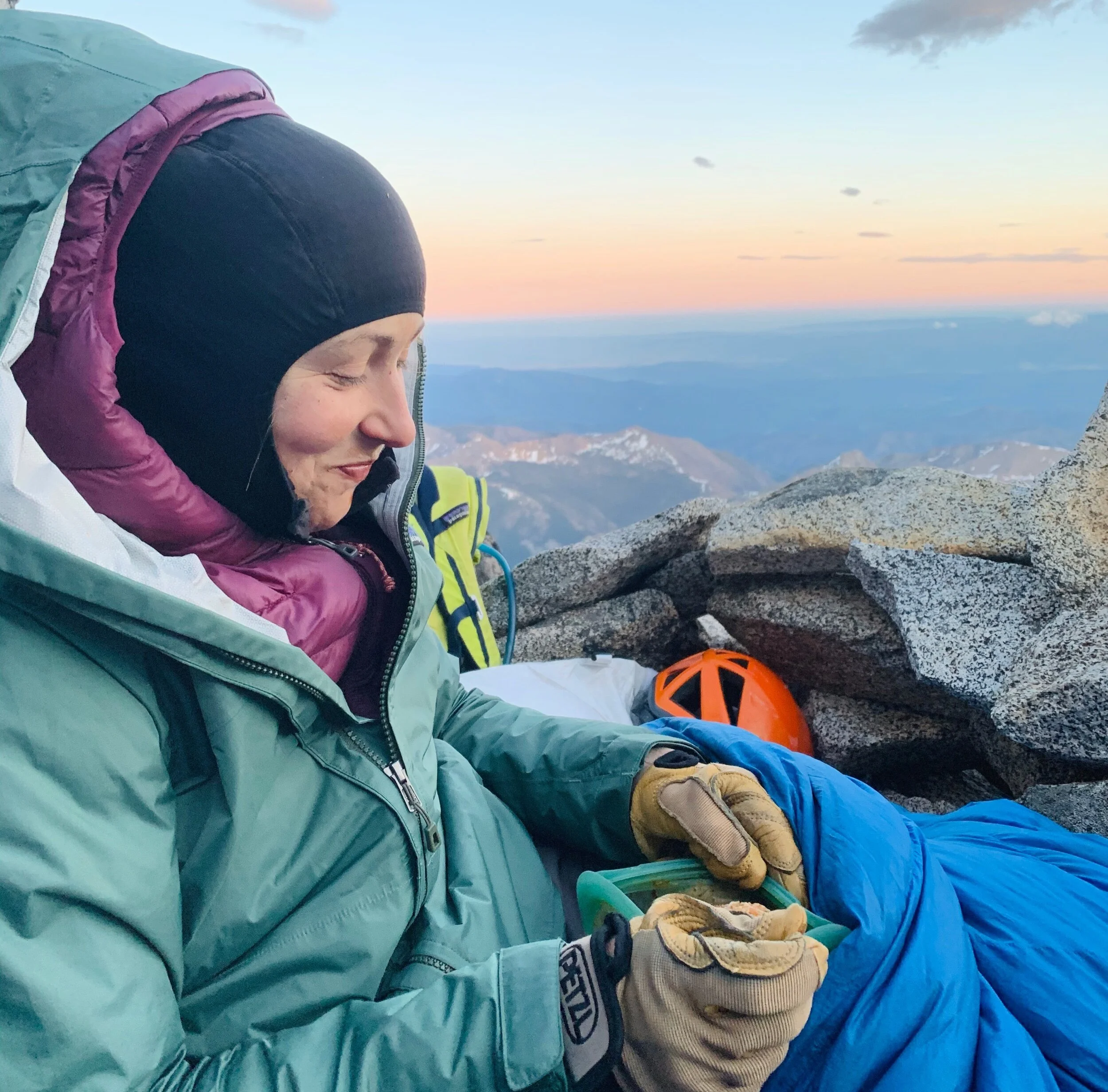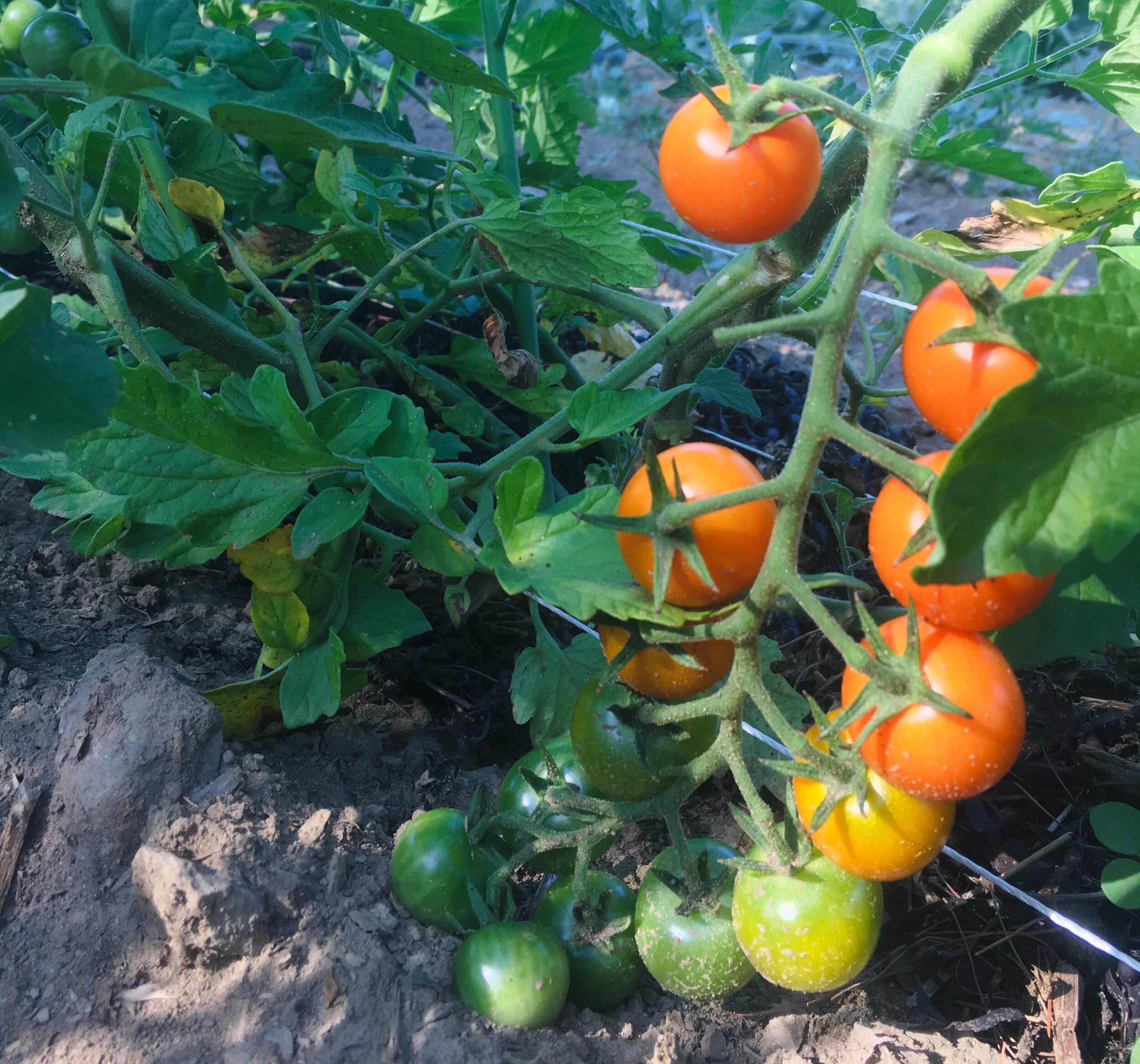Farm to Bivy
Bringing local summer harvest into the backcountry
There’s no doubt about it: it’s summer. It’s the season of eating luscious, sun-ripened tomatoes with nothing but a pinch of salt and a napkin for the sweet juice that inevitably drips down your chin. We devour raspberries by the handful, and eat our food raw or cooked outside on a fire, preferring casual picnics and simple meals that complement summer schedules and hot days.
Homegrown bounty — photo: Katie Ryan
For me, summer is also the season when I am most tempted by the mountains, and spend much of my free time in search of alpine lakes and long, high-elevation climbing. It’s a time of abundance for climbers, farmers and foodies alike; a season that’s all about making the most of the long days of sunshine, warm nights, and fruitful harvests.
It can be tricky to juggle climbing and playing in the mountains with growing and eating local. I’ve found that all of my favorite activities convene in this slightly frenetic way in the summer, and that it takes real commitment and planning in order to balance these equally important priorities. Like anything worth doing, this commitment and practice comes with big rewards. It means fueling grand adventures with the best, most satisfying food; food that’s so much more nutritious than it’s processed, factory-made counterparts, that its payback is every bit worth the effort of preparation. Other rewards include the fundamental values that are at Farm To Crag’s core: supporting local growers and regenerative agriculture in our communities, which in turn supports our home planet, that gives us so much in return.
Long day of climbing with a pack full of light-weight local bites — photo: Gabriel Kiritz
So here’s the deal. If you’re not up for growing your own food, check out Farm To Crag’s Local Foods Map for a farm near you and stock up on summer’s delights. Many summer fruits and veggies can literally be eaten as is; no planning or preparing necessary. For eating fresh at the crag, tomatoes, cucumbers and sugar snap peas, to name a few, are delicious simply sliced and paired with your favorite crackers, tinned fish, salami, cheese or avocado. Radish, carrots and sweet peppers are delightful raw and used as a vessel for dips and spreads, such as hummus, guacamole, or muhammara (roasted red pepper and walnut dip), to name a few. I often throw these into my alpine pack as well, making sure I eat the heaviest and most fragile fruits and veggies by the time I’ve reached the base. Sure, they might be a bit more weight, but I find it’s worth it to eat food that feels good, rather than ultra-light bars and gels that leave me feeling gross and always thirsty.
One of my favorite ways to use summer’s abundance is dehydrating local food for healthy, delicious nourishment in the backcountry. On a recent climb up Mount Stuart in the Cascades, my partner and I were so grateful upon reaching our ridge-top bivy at 8pm to have grass fed beef and homegrown tomato sauce and pasta for dinner; a meal that was ultra-light and instant, requiring only boiling water and about 5 minutes to rehydrate. After a long day of moving fast and eating only food that can be stashed in my pocket, there’s really no better way to celebrate summer and the completion of a day than by eating a real, locally-grown meal. Check out the recipe (more of a guideline, as it’s really flexible) for this backcountry pasta. If you don’t have a dehydrator, simply bake as low as your oven will go until it is dry and crispy.
Backcountry Garden Pasta for Two
½ lb Grassfed Local GROUND BEEF
2 TBS OLIVE OIL
1 ONION, chopped
3 cloves GARLIC, chopped
4 cups GARDEN VEGGIES, chopped
2 tsp MARJORAM or OREGANO
1 tsp FENNEL
½ tsp CHILI FLAKES or CHIPOTLE
SALT to taste
2 tsp BALSAMIC VINEGAR
6 cups TOMATOES, chopped
Sauté ground beef with a sprinkle of salt until cooked all the way through. Drain fat and set aside.
On medium heat, sauté onions in oil until beginning to brown. Add garlic, veggies and spices and a sprinkle of salt; sauté until soft. Add tomatoes and balsamic. Simmer low for a long time, stirring occasionally, until really thick and pasty. Stir in beef. Taste for seasoning and add salt (and sugar if needed).
Spread tomato sauce onto parchment paper on dehydrator trays or baking sheet and dehydrate or bake until completely dry and crunchy.
For a complete meal, pack in a sealable, heat-safe vessel, such as a Nalgene Bowl or a Stasher Bag with two servings of instant rice noodles, seaweed noodles, dehydrated sweet potato cubes, or your favorite carbohydrate.
Pack along with a spork, and some sort of lightweight, fast-boil stove. Add boiling water to the container, seal and shake occasionally for 5 minutes until rehydrated, adding more water as needed. Enjoy!!




